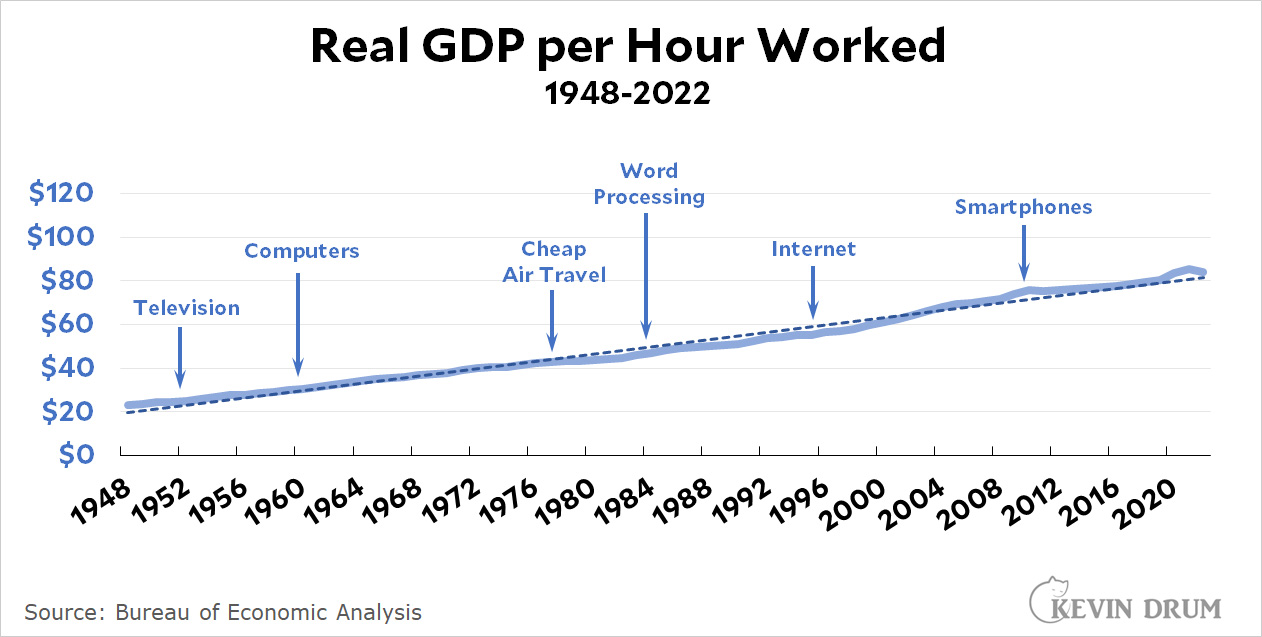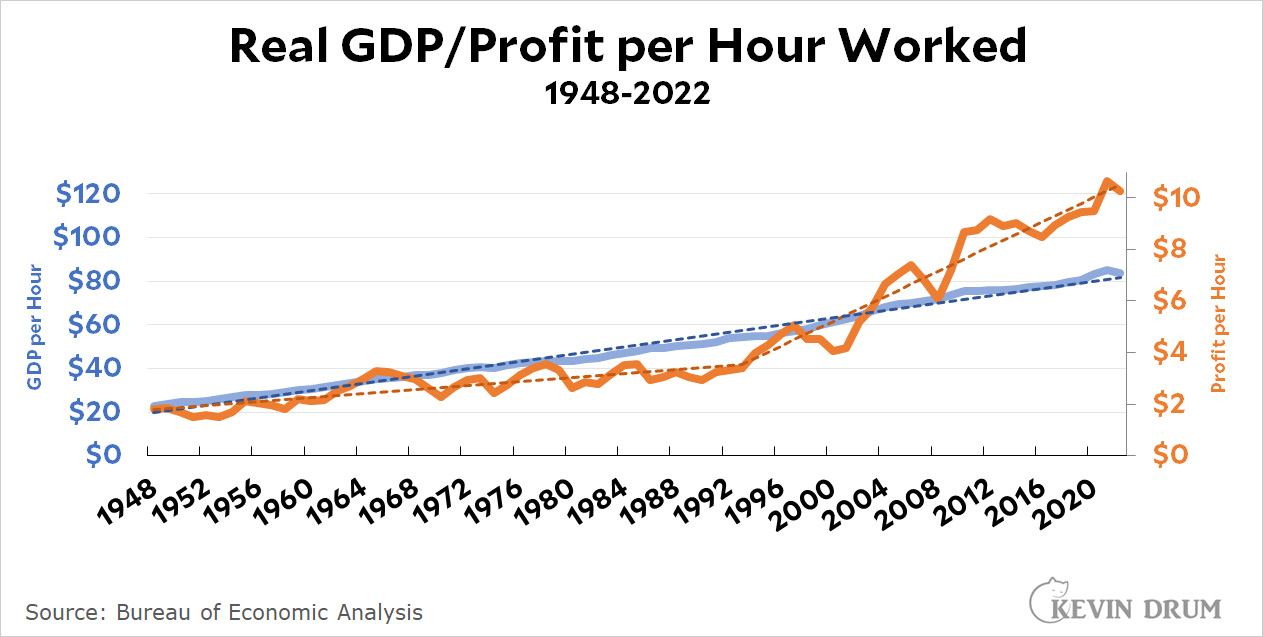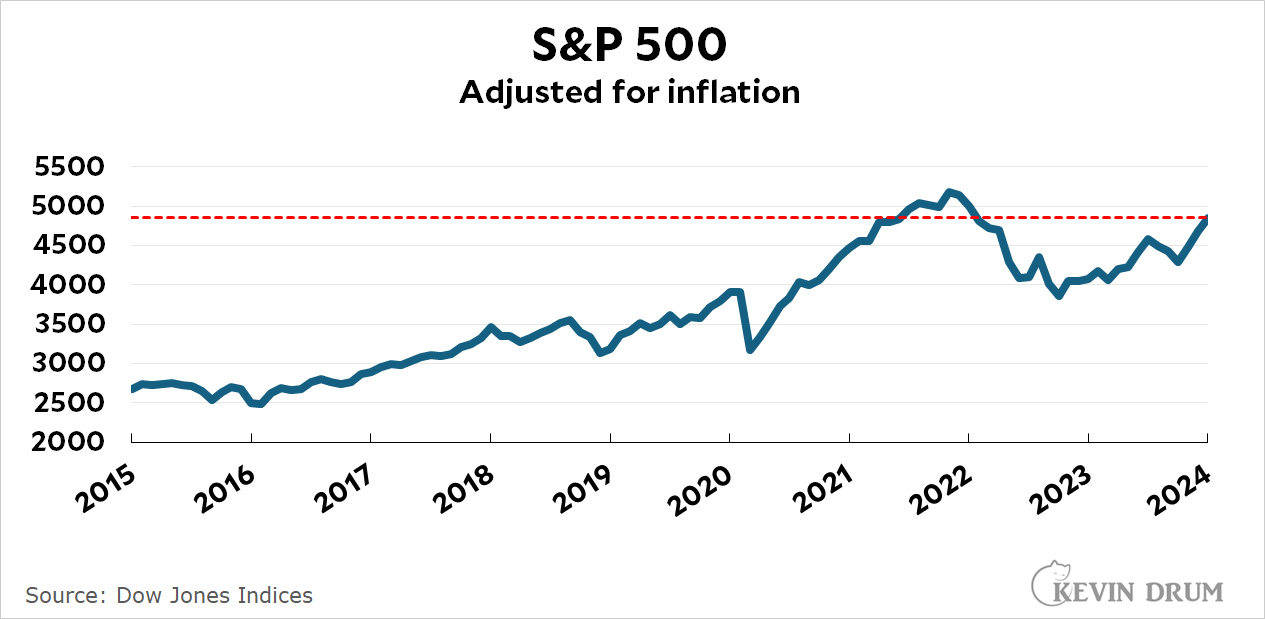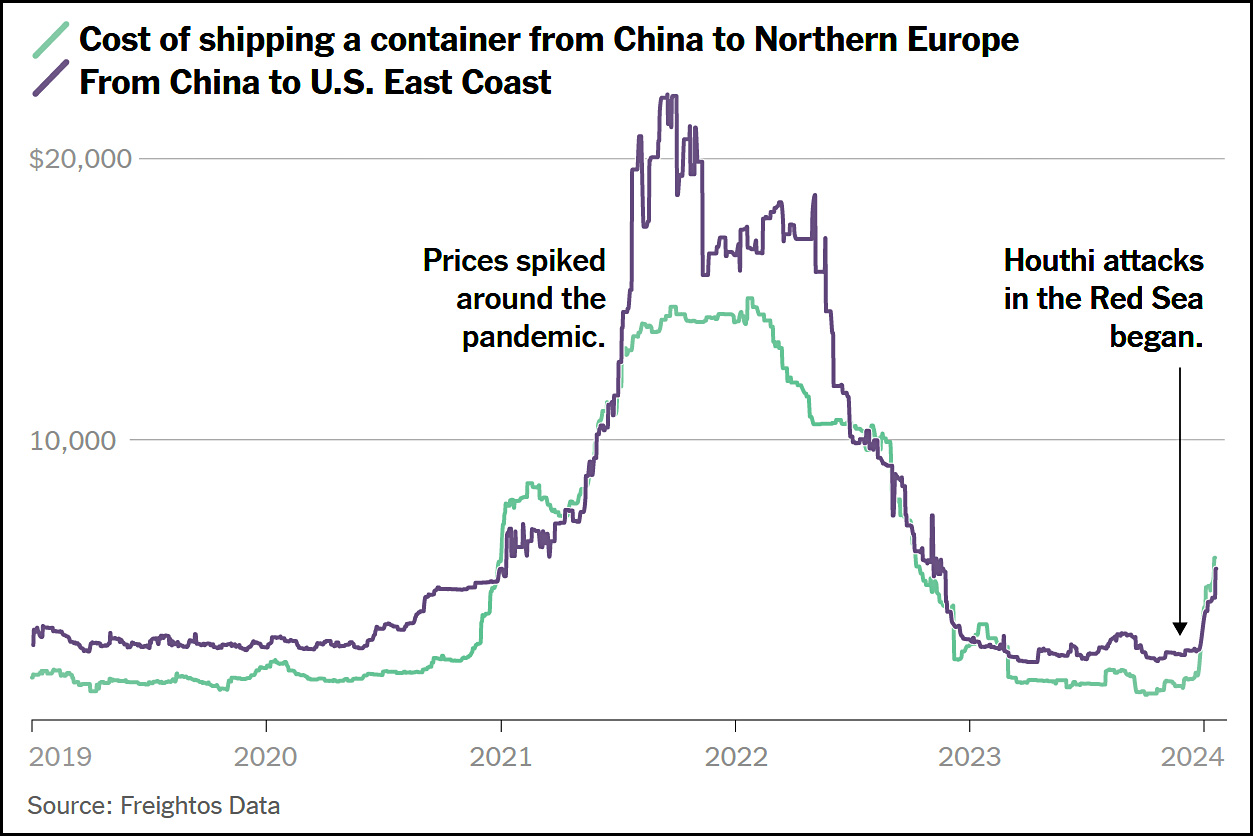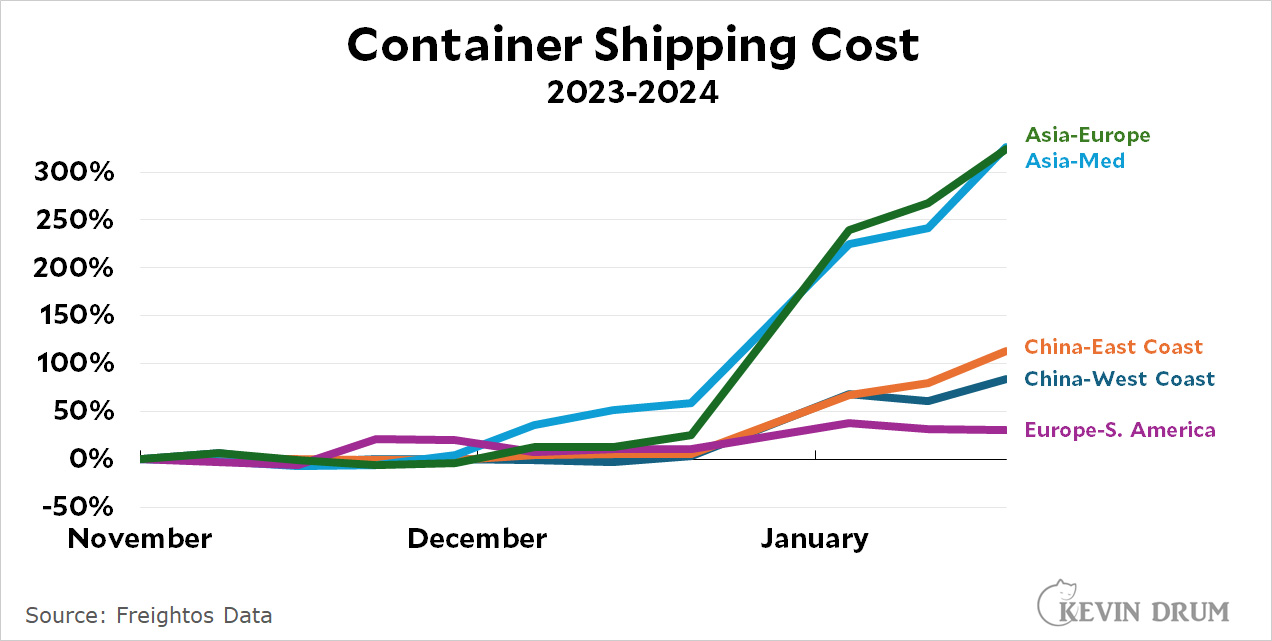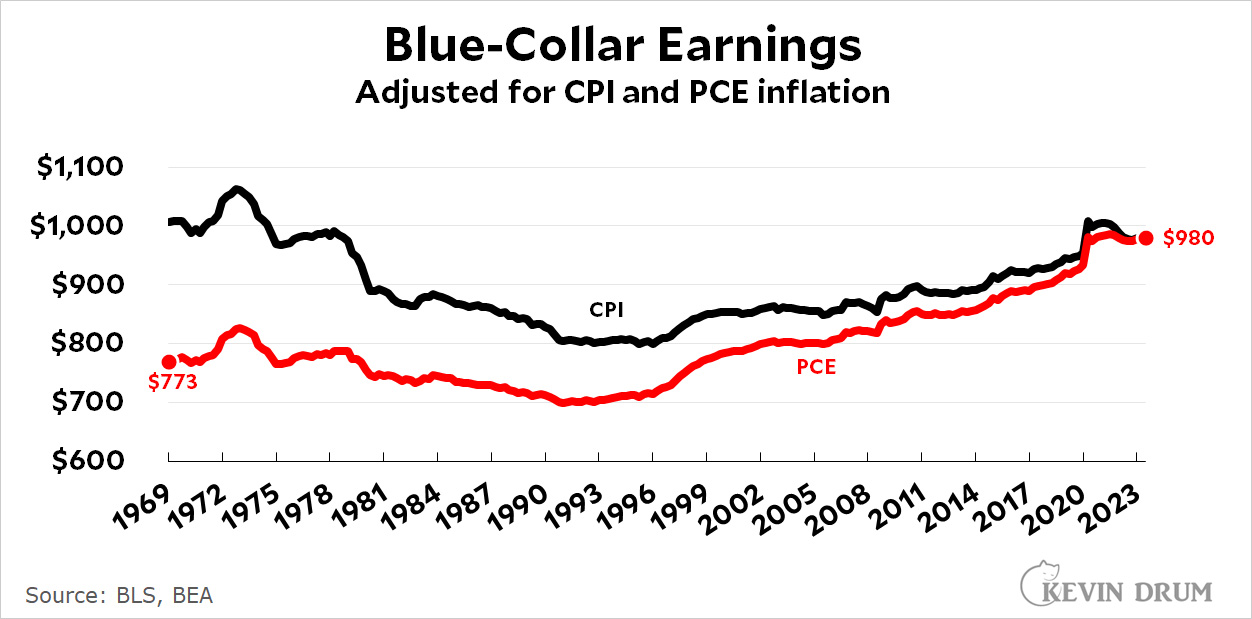We have some sensible news out of the Supreme Court today:
The Supreme Court sided with the Biden administration on Monday and cleared the way for border patrol agents to remove razor wire Texas officials installed along a busy stretch of the southern border until the legality of the barriers is resolved in court.
I don't have any strong opinions about exactly what kind of barrier we should have along our southern border. But no matter your own thoughts on this, it seems open and shut that border protection is up to the federal government, not the states. And yet a district court, an appellate court, and four Supreme Court justices disagreed. The Supreme Court's order in the government's favor was a bare 5-4.
So: sensible news, but only barely.

